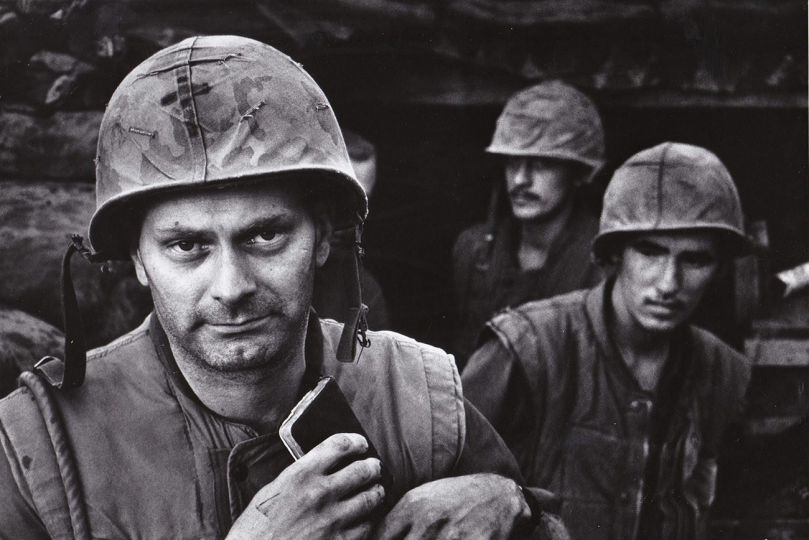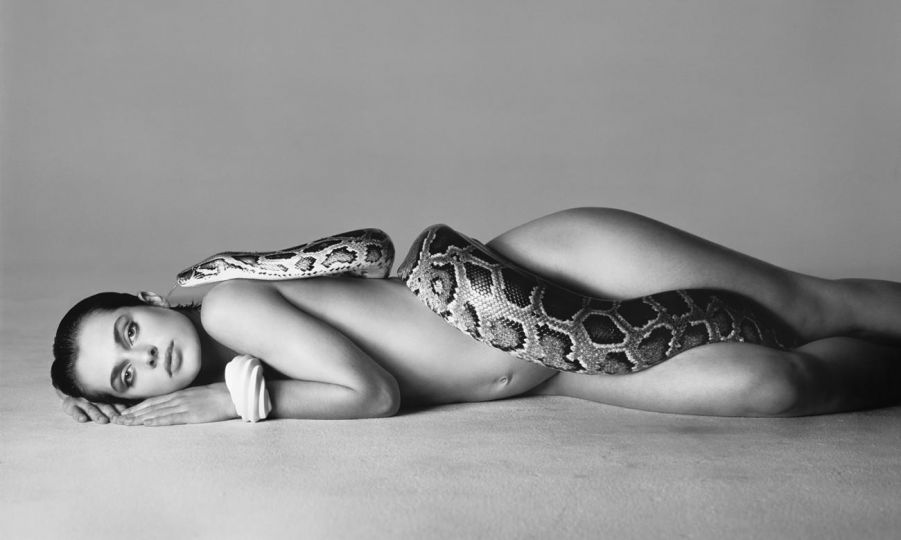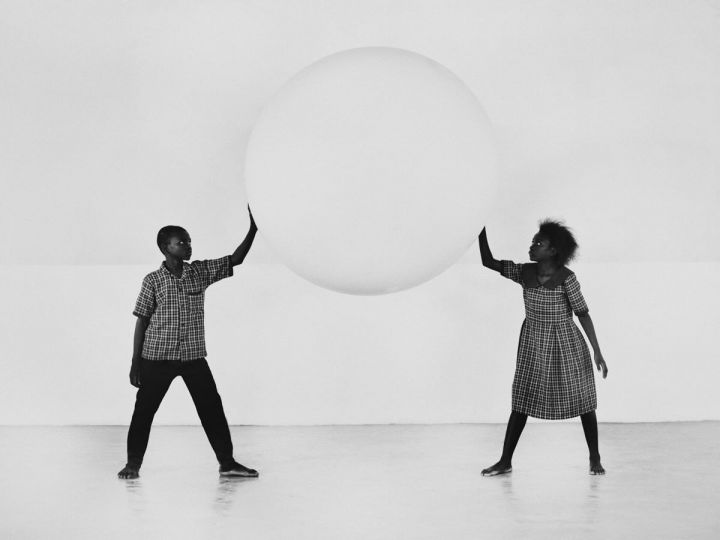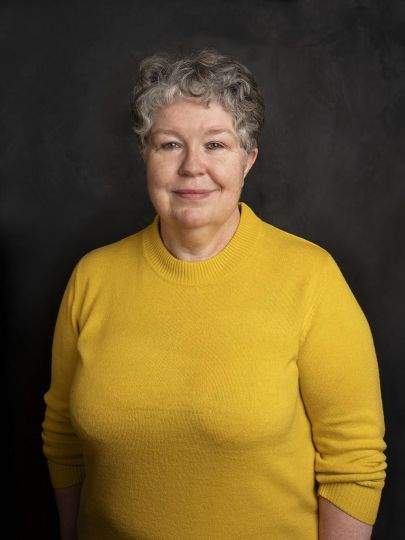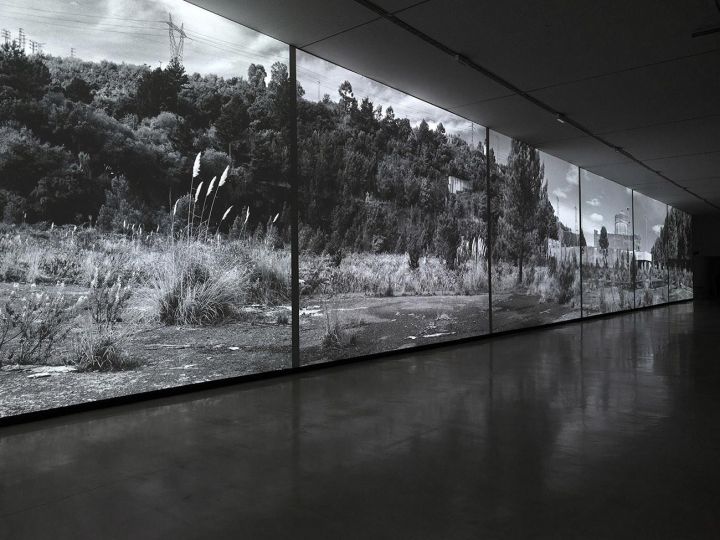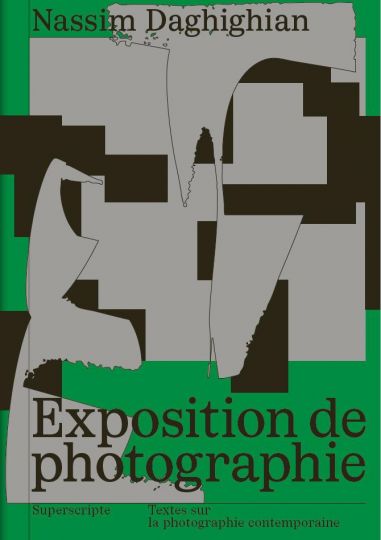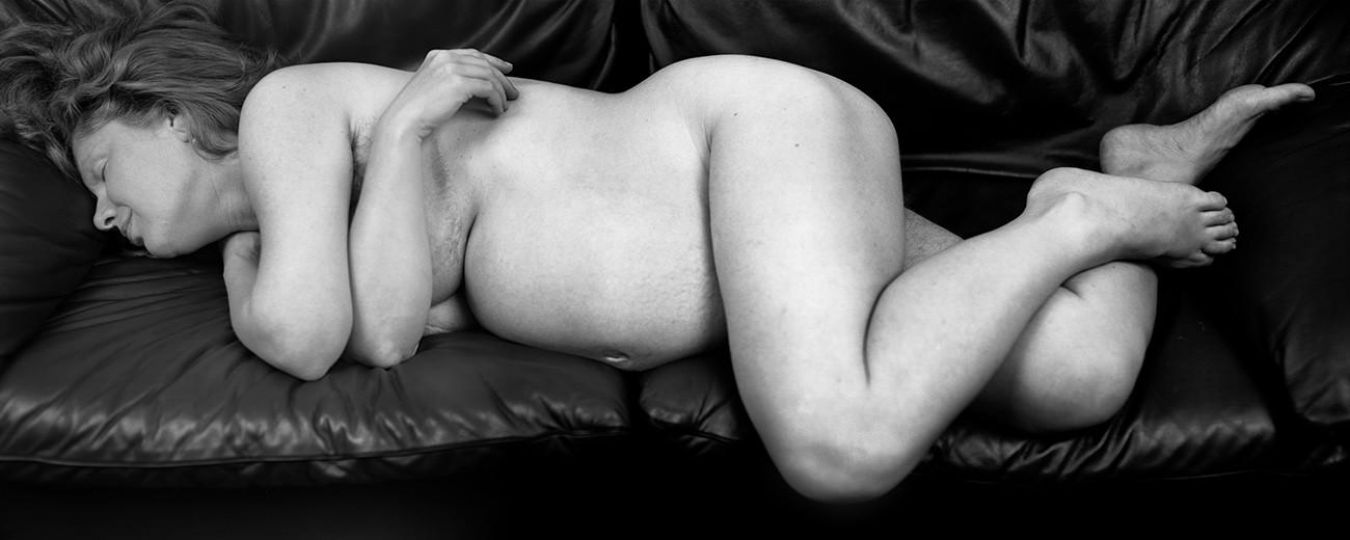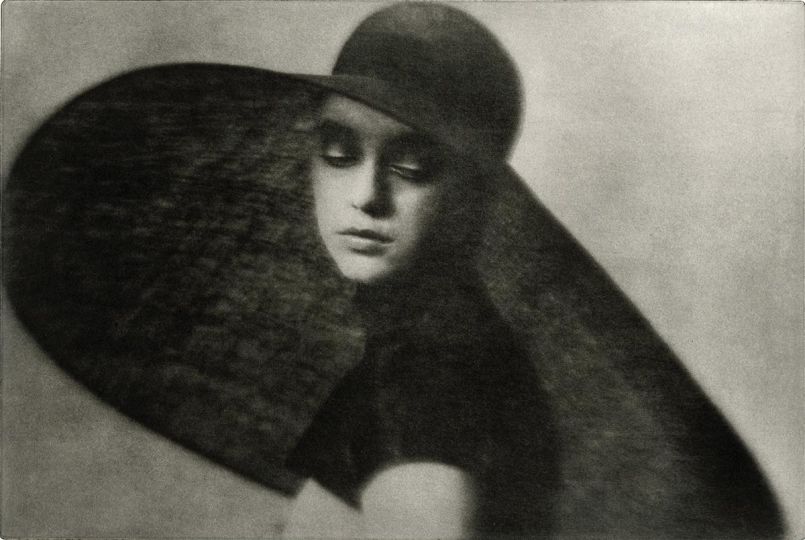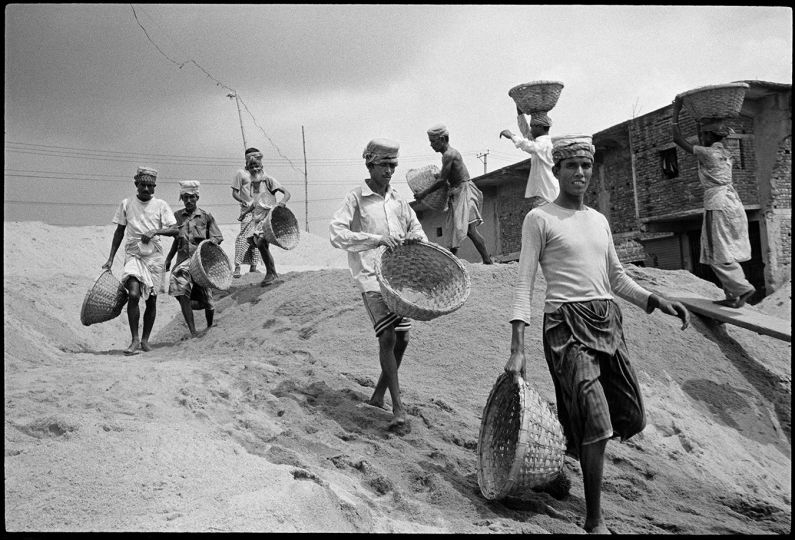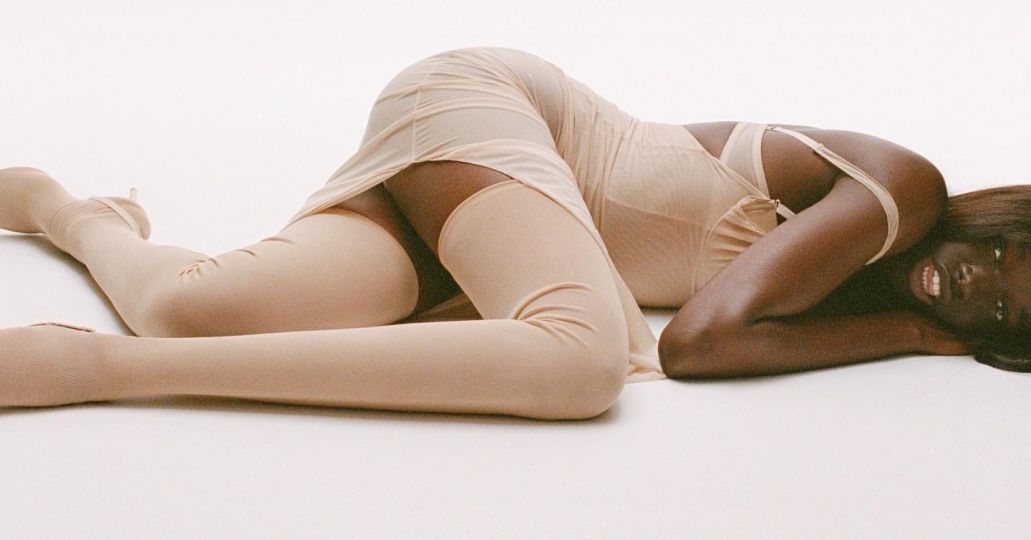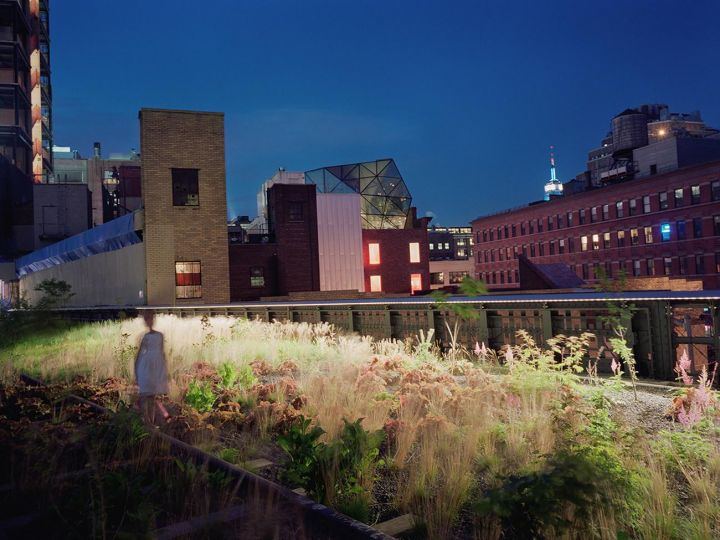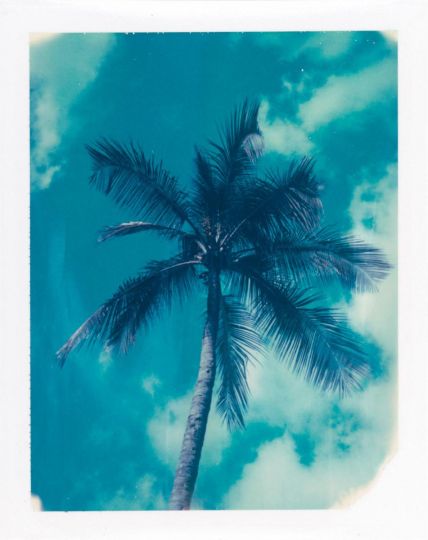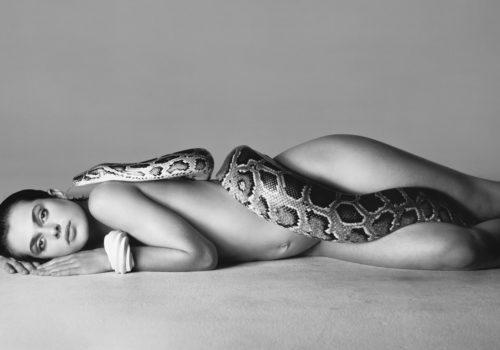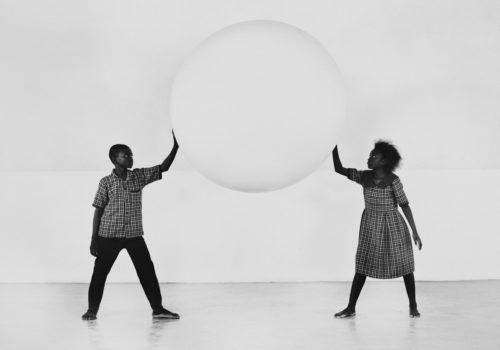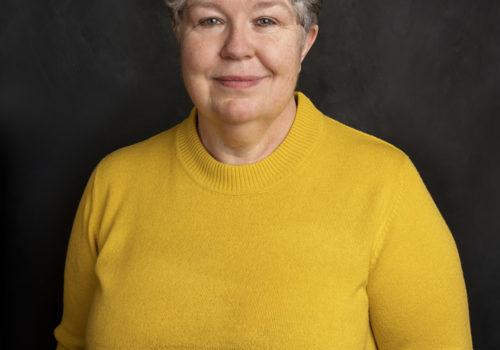A new show, “The Camera Goes to War: Vietnam”, opens at the Mulva Cultural Center in De Pere, Wisconsin, on February 12 and runs through April 9. The show is drawn from the private collection of Michael Mattis and Judy Hochberg and is organized by art2art Circulating Exhibitions. Featuring 112 vintage press prints and original wire photos, many of which appeared on the front pages of America’s newspapers, this exhibition celebrates the brave photojournalists who documented the Vietnam War. A diverse group, they hailed from countries as far-flung as Germany, Japan, England, New Zealand, and the United States as well as Vietnam itself. They represented all the major photo publishers and agencies of the day: Time Life, United Press International (UPI), Agence France Presse (AFP), Magnum, and most notably the Associated Press (AP). Their involvement spanned decades, from the French Indochina conflict in 1945-54 to the final helicopter evacuation of the American embassy in Saigon in 1975. They memorialized not only the war itself, but also its impact on the home front, including anti-war protests and the mixed reception accorded veterans as they returned home.
Unlike earlier war photographers such as Roger Fenton, who chronicled the Crimean War, Mathew Brady (the Civil War), and Edward Steichen (the two World Wars), photographers in Vietnam enjoyed unfettered access to all theaters of war. Combined with breakthroughs in photo transmission (“wire”) technology, this access gave their work an immediacy that helped turn American public opinion against the war and thus bring out its eventual end. But this access also proved deadly: 135 photojournalists perished in Indochina, including those whose names are marked with a in the list below.
Some leading photographers highlighted in this show are:
Eddie Adams (U.S., AP). The stark brutality of Adams’s iconic “Execution of a Viet Cong Prisoner,” which won a Pulitzer Prize in 1969, helped turn public sentiment in the U.S. against the war. His later photographs of Vietnamese “boat people” helped persuade Jimmy Carter to grant them asylum.
Larry Burrows (England, Time Life, ♦1971). Following stints in Egypt, Lebanon, Cyprus, and Africa, Burrows was active in Vietnam from 1962 until 1971, when the helicopter he shared with three other photojournalists was shot down over the Ho Chi Minh Trail.
David Douglas Duncan (U.S., Time Life). While he is best known for his images of the Korean War, Duncan’s career as a photojournalist also encompassed World War II and Vietnam as well as non-military subjects such as a multi-year portrayal of Pablo Picasso. In 1972 New York’s Whitney Museum devoted its first photographic exhibit to Duncan’s career.
Horst Faas (Germany, AP). The AP’s chief of photography in Asia, Faas oversaw the transmission and distribution of the images produced by several dozen staffers and stringers and was himself a world-class cameraman who was awarded two Pulitzer Prizes.
Philip Jones Griffiths (England, Magnum). After working as a combat photographer in Algeria and Central Africa, Griffiths covered the Vietnam War from 1966 to 1971. His resulting book, Vietnam Inc., helped crystallize public opinion against the war.
Henri Huet (Vietnam/France, AP, ♦1971). Huet’s photography in Vietnam predated the American involvement; he learned his craft while serving in the French Navy and was a combat photographer during the French phase of the war. Afterwards he joined UPI and then the AP, shooting memorable images that included a cover of Life Magazine. He died in the same helicopter attack as Larry Burrows.
Dang Van Phuoc (Vietnam, AP). Phuoc was inspired to become a photographer when, at age ten, North Vietnamese soldiers forced him to witness the execution of his father, his village’s mayor. Years later he told an interviewer, “I am like small sand in the beach. I cannot say and talk, so I have the picture, can tell more than I do.”
Kyoichi Sawada (Japan, UPI, ♦1970). Sawada’s photograph of a panicked refugee family wading through a river garnered him a World Press Photo of the Year in 1965 and a Pulitzer Prize the next year. Later, he managed to locate the family and shared the Pulitzer Prize money with them.
Nick Ut (Vietnam, AP). Inspired to pick up the camera himself after the Viet Cong executed his photographer brother, Ut shot the canonical “Napalm Girl” picture that came to symbolize the war’s impact on Vietnam’s civilians, especially children.
The Camera Goes to War : Vietnam
Until April 9, 2025
Mulva Cultural Center
221 S Broadway
De Pere, WI 54115
www.mulvacenter.org

